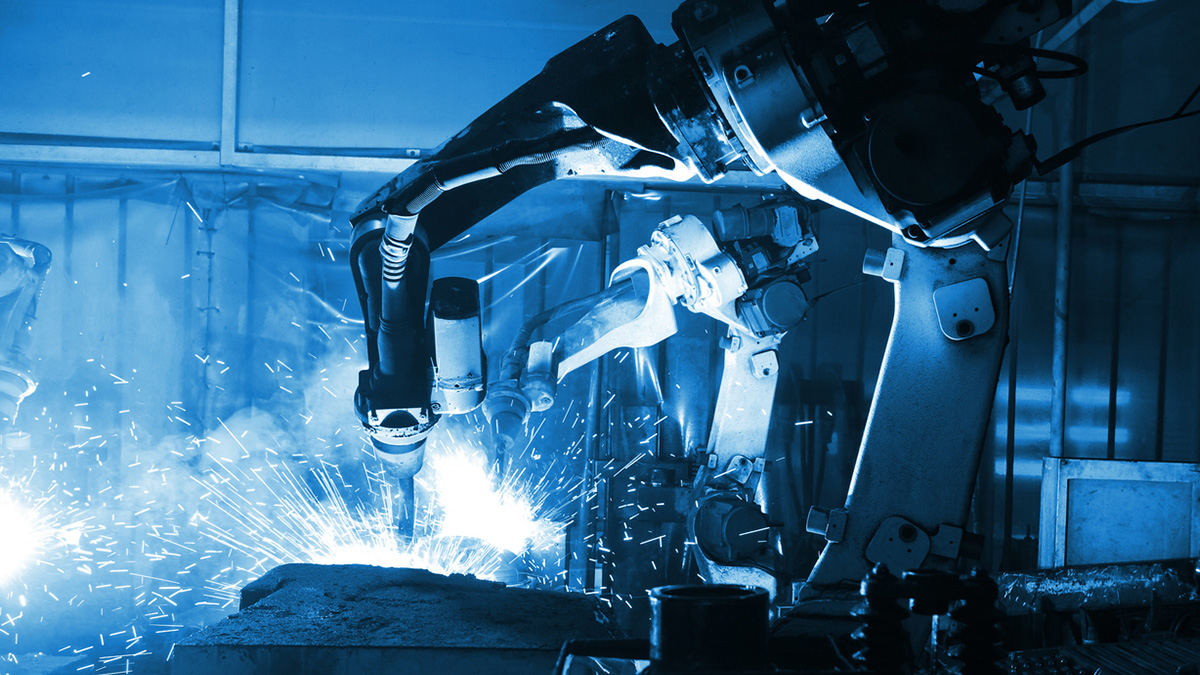The Role of Laser Brazing in Space Exploration

Braze alloys are critical for aerospace. Brazing is used all over the industry, from aero engine turbine blades to rocket nozzles to hydraulic assemblies. The strong bond that results from brazing contributes to the reliability and strength of the components in an industry that relies on extremely low failure rates.
Why Brazing Is Used in Aerospace
Brazing joins two metals by heating and melting a filler which bonds to both pieces of metal. To be classified as brazing, it must take place at temperatures greater than 450C. The filler must also have a melting temperature lower than that of the two metal pieces. There are a number of reasons why brazing is used in the aerospace industry.
- Multiple parts can be processed together.
- Multiple joints can be formed simultaneously.
- There is minimum distortion to parts, as the whole assembly is heated up and cooled uniformly.
- Dissimilar materials with different coefficient thermal expansion rates, including ceramics, can be joined.
Precious Metal Brazing Alloys
Space exploration is expensive, and costs must be cut wherever possible to keep in operation. Precious metals like palladium and gold are scarce, and they’re getting even rarer. Therefore, the cost of making precious metal braze alloys is increasing. But because failures must be avoided, there’s a reluctance to stop using precious metal brazing alloys.
Much research, development, and data have proved that precious metal brazing alloys are reliable. It’s understandable why the aerospace industry doesn’t want to abandon them. Fortunately, manufacturers have been researching and developing non-precious metal alloys. They are just as strong as their precious-metal counterparts but are available for a fraction of the cost.
Modern Advancements in Brazing
New active braze alloys are being introduced which can bond metals and ceramics. These alloys allow metals to be bonded directly to ceramics without metallization. This allows some ceramic sensors to the brazed to spacecraft in whatever location they are needed. Brazing with proper alloys is crucial, as once the process is qualified, failures are rare. Typically, a whole assembly will fail and not just the brazed joint.
Metal pieces that can’t be joined together via traditional processes may use laser brazing as an alternative. A laser is used as the heat source. As the laser heats the metal pieces and melts the braze, the gap between the components acts as a capillary for the braze to flow and bond with the components. Lasers are frequently integrated with robotic brazing.
Genesis Systems, IPG Photonics Company, offers laser solutions and automation expertise for Aviation, Space & Defense manufacturing.
Posted in Robotic Applications, Robotic Welding